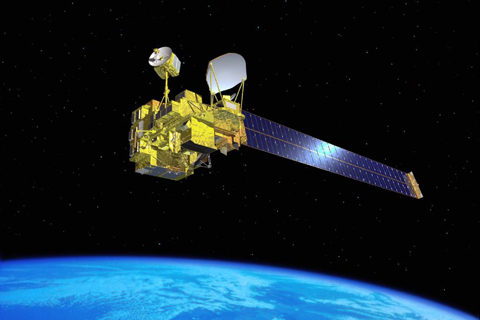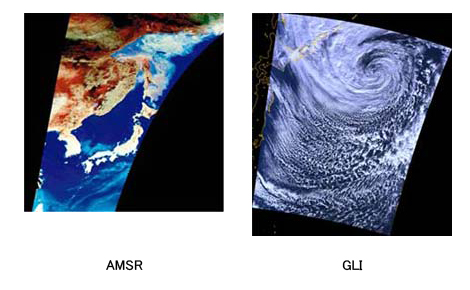Press Release
index-
- October 31, 2003 (15:00)
- Earth Observation Operation of Midori-II(Advanced Earth Observing Satellite-II, ADEOS-II)
-
- October 25, 2003 (18:45)
- Operational Anomaly with Midori-II (Advanced Earth Observing Satellite II, ADEOS-II)
About Advanced Earth Observation Satellite-II "Midori II" (ADEOS-II)

|
The Advanced Earth Observing Satellite-II "Midori II"(ADEOS-II), the successor of the Advanced Earth Observing Satellite "Midori"(ADEOS) launched in 1996, is also known as Midori II. |
|---|
Observation operation results

|
After an anomaly was detected in the "Midori-II" satellite on October 25, 2003, JAXA found that the possibility of restoring operations of the Midori-II was extremely slim as a result of its investigation, analysis, and inability to re-establish any communication with the satellite as of Oct. 31, 2003. |
|---|
Major Characteristics
| International Designation Code | 2002-056A |
|---|---|
| Launch Date | 10:31, December 14, 2002 (JST) |
| Launch Vehicle | H-IIA Launch Vehicle No.4 |
| Location | Tanegashima Space Center |
| Shape | Approx. 4m x 4m x 6m A box shape with a deployable solar array paddles |
| Weight | Approx. 3,700kg |
| Orbiter | Sun-Synchronous Subrecurrent |
| Altitude | Approx.803km |
| Inclination | Approx. 99 degrees |
| Period | Approx. 101 minutes / Recurrent Perid: Approx. 4day |
| Attitude Control | Three-axis stabilization |